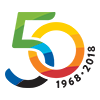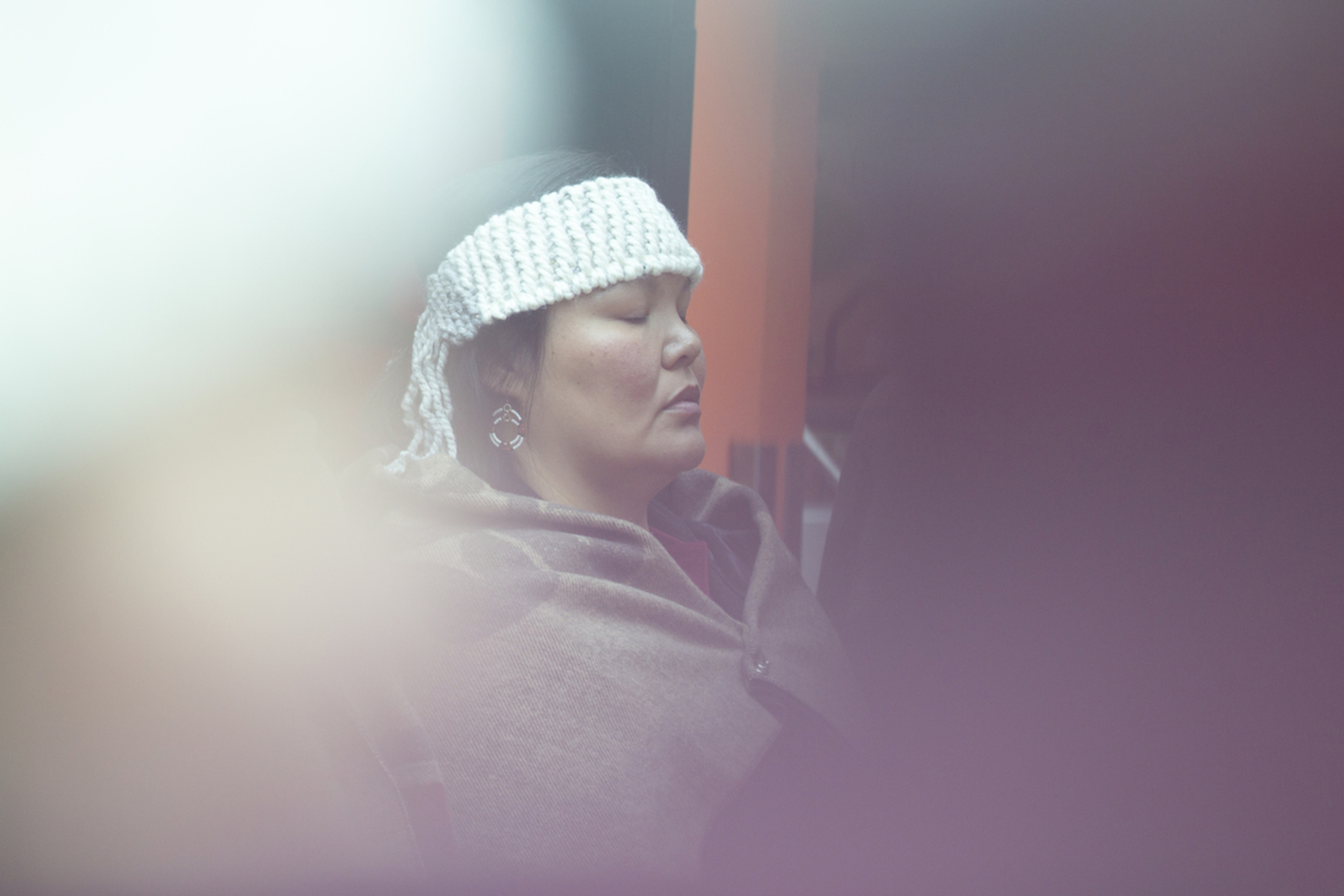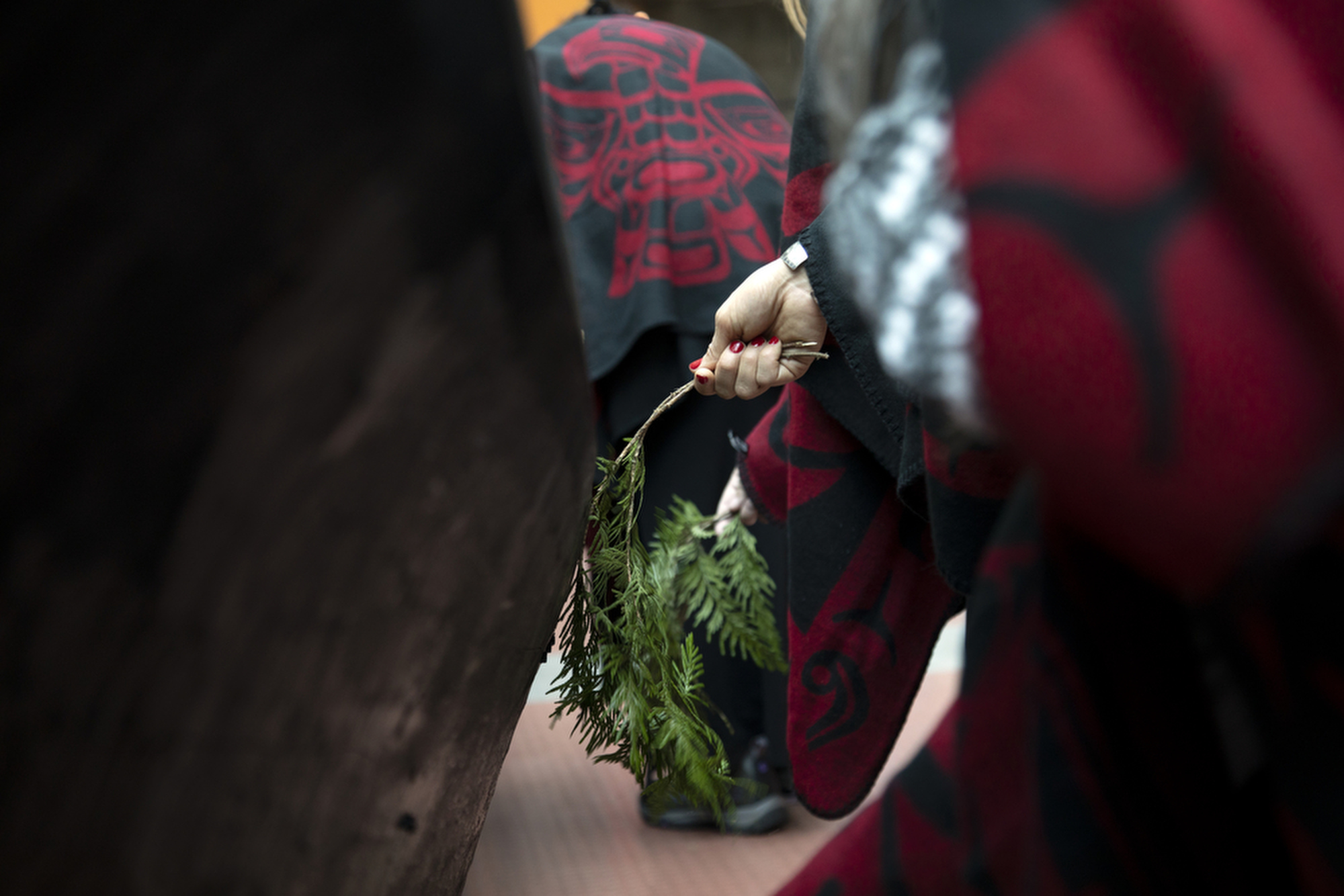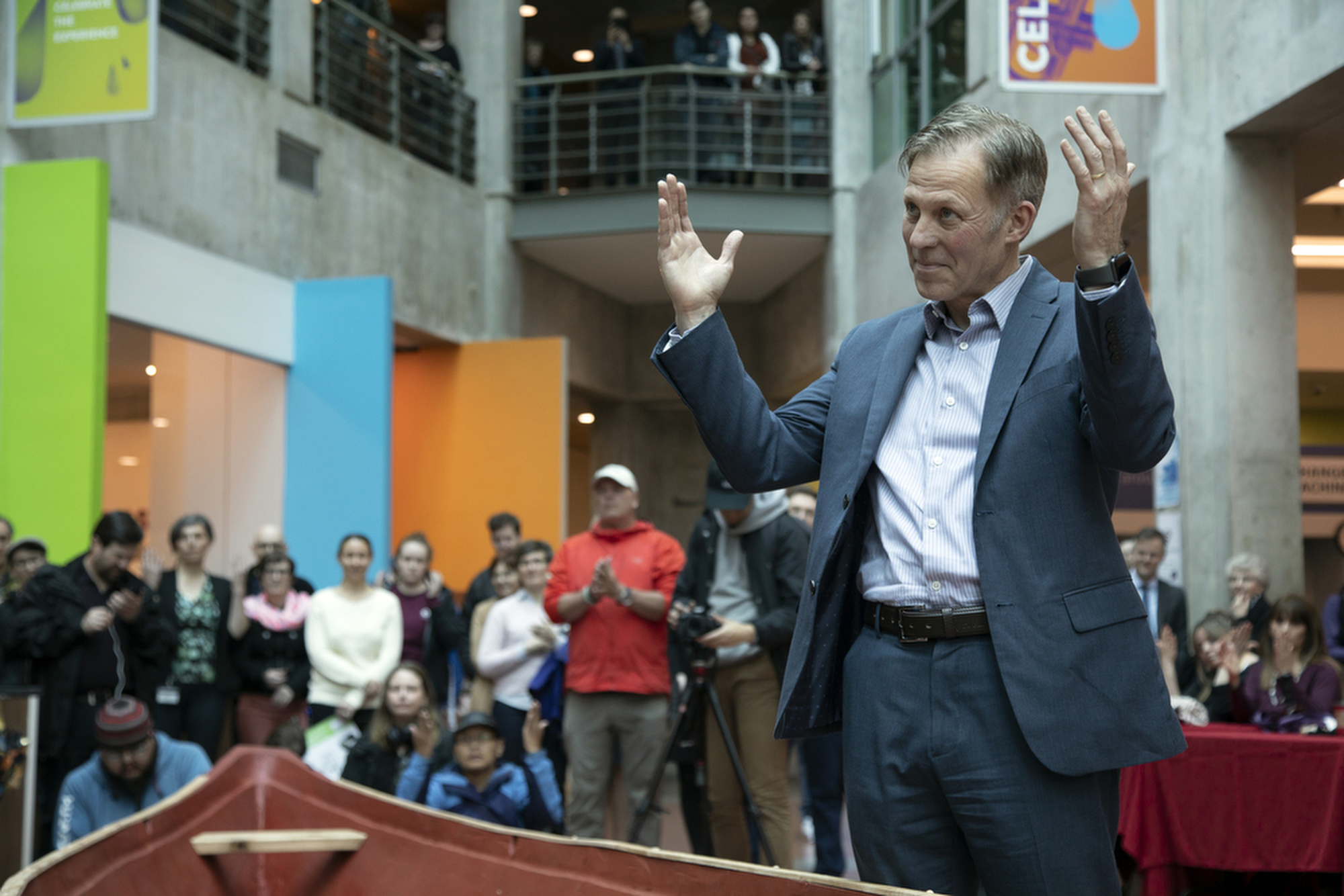Stories
Celebrating Coast Salish culture
The importance of CapU’s legacy canoe project
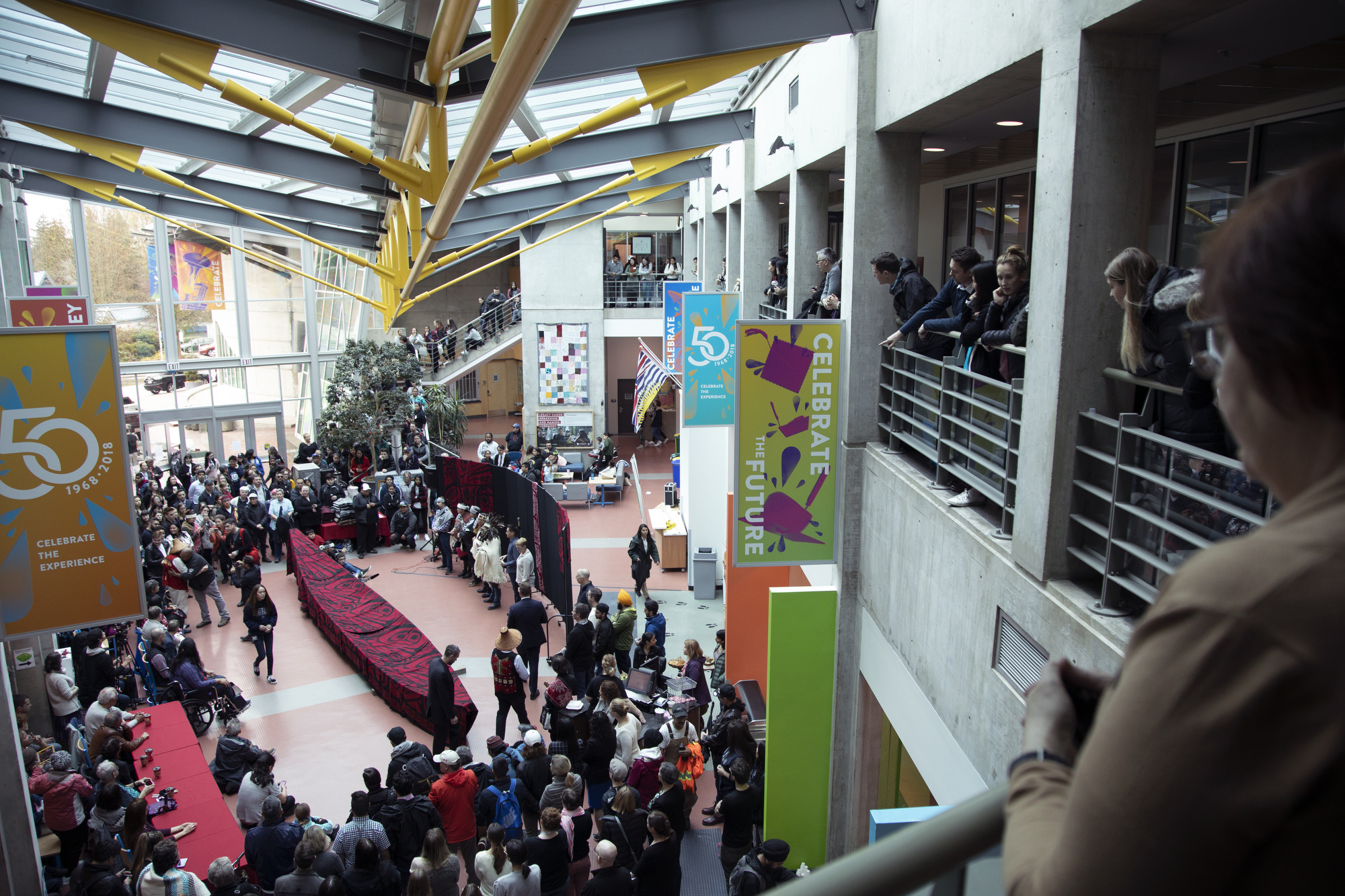
Capilano University hosts the Legacy Canoe Awakening and Naming Ceremony. The ceremony marked the completion of the CapU50 Legacy Canoe, named Skw’cháys, created by master carver Ses siyam (Ray Natraoro) and carver Xats’alanexw siyam (Victor Harry).
For centuries, Indigenous knowledge, languages and cultures were seen as inferior. Indigenous children were taken from their families and placed in Indian residential schools to assimilate them into Western culture. Many were abused during their time there, leading to generations of pain and trauma. Students returned home ashamed of their Indigenous heritage, reluctant or unable to pass on their language and traditions to their descendants.
The commissioning of a 30-foot Coast Salish canoe by Capilano University is more than an important legacy of the University’s 50th anniversary, it’s about recognizing and bringing back the culture, language and teachings of the Coast Salish people, on whose territory CapU is located.
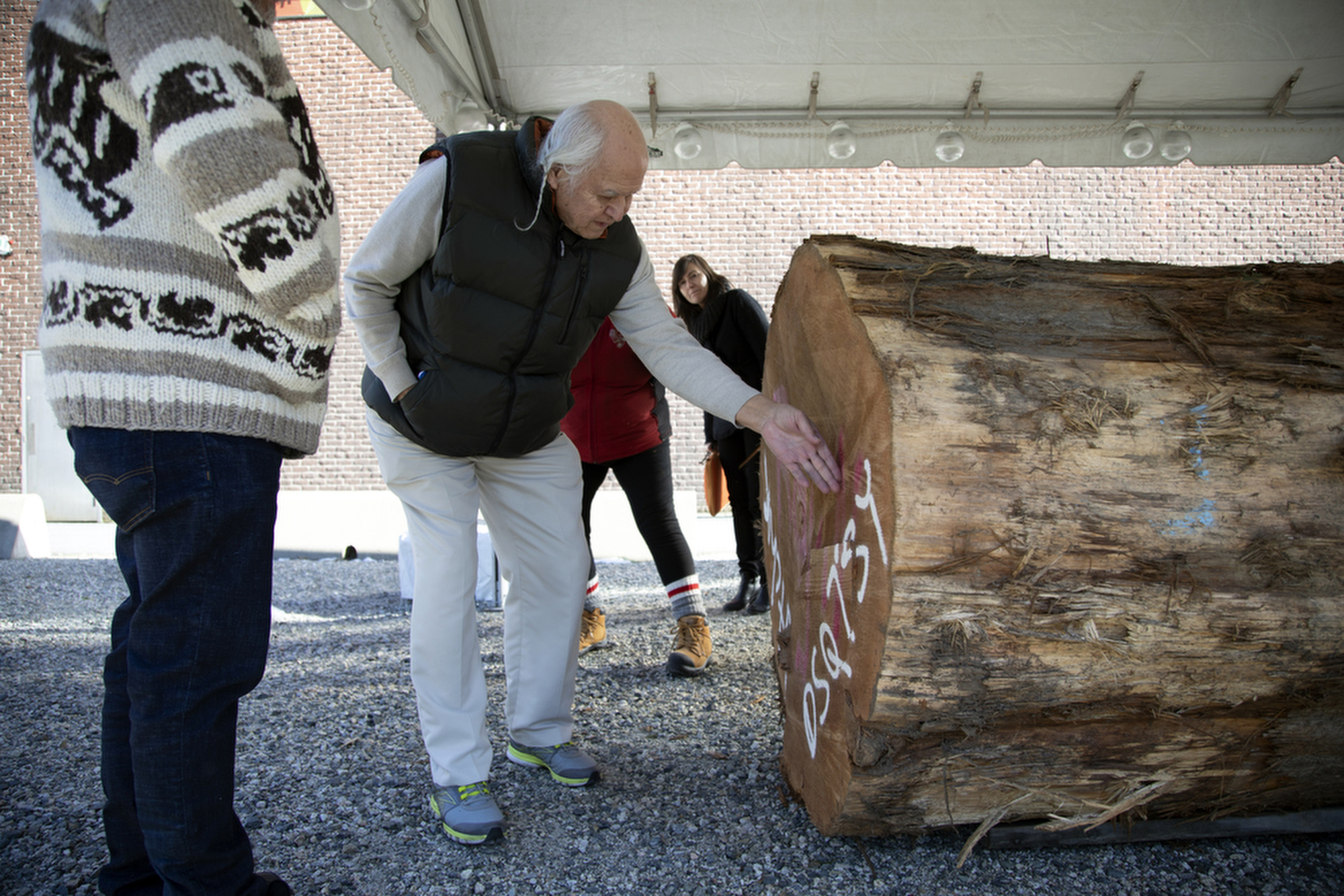
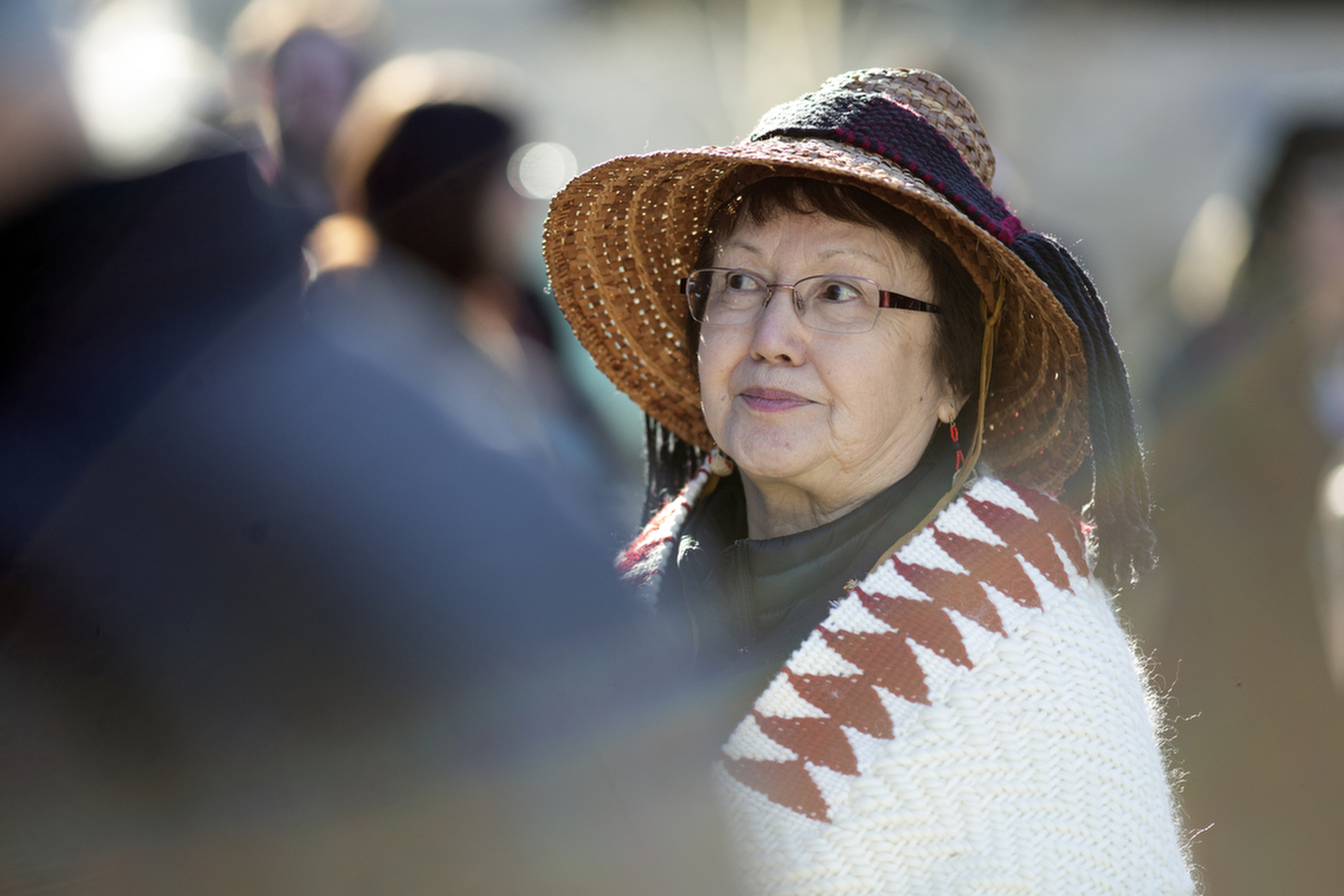
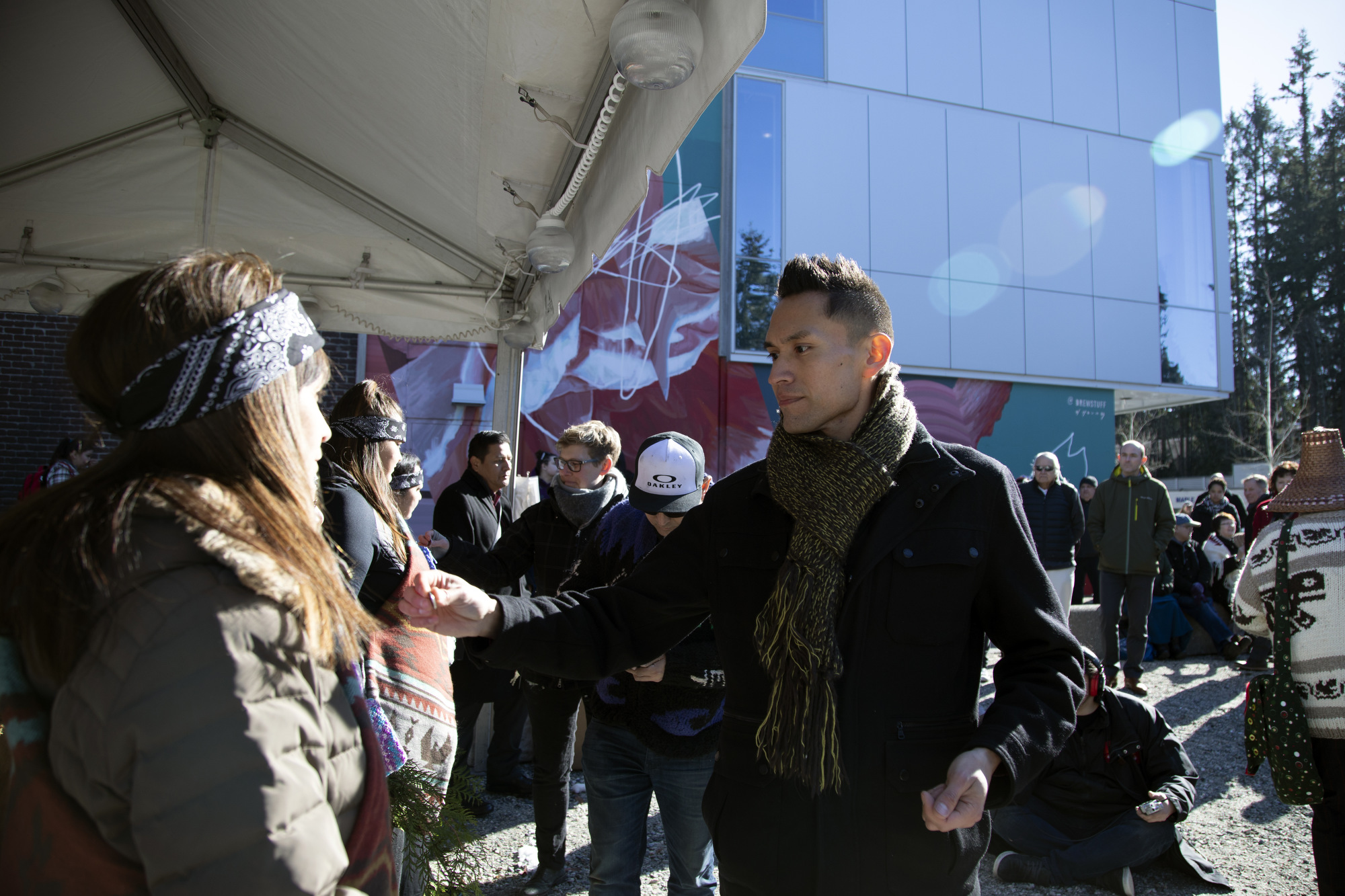
Left: Elder Sla-holt (Ernie George) inspects the log after its delivery. Right: Elder Sesemyia (Rose Nahanee) attends the log’s blessing ceremony. Bottom: Joel Cardinal, chair of the CapU Legacy committee, takes part in the log’s blessing ceremony. “The University now has a responsibility to care for Skw’cháys,” Cardinal said.
The canoe was carved at the University’s North Vancouver campus over an eight-week period in the winter of 2019, giving students, employees and the community the unique opportunity to witness the transformation from tree to canoe.
On April 11, 2019, the stunning black and red canoe was awakened and named in a moving ceremony led by leaders of the Squamish Nation. The canoe, named Skw’cháys in the Squamish Nation language, is part of ongoing efforts to Indigenize the University and is an affirmation that CapU is an inclusive place for Indigenous people.
“The University now has a responsibility to care for Skw’cháys,” says Joel Cardinal, the chair of CapU’s legacy committee. “The canoe’s spirit has been awakened and is now a living part of the University.”
Shasha McArthur, a student of the Motion Picture Arts Degree Program who worked on a documentary film project about the canoe, is blanketed during the Awakening and Naming Ceremony. // The canoe is brushed with cedar during the Awakening and Naming Ceremony. // President Paul Dangerfield accepts the responsibility of being one of the canoe’s caretakers at the Awakening and Naming Ceremony.
Beginning this year, the canoe will be incorporated into Convocation and New Student Orientation to symbolize the beginning and end of student journeys at CapU. Following cultural protocol, the University will host ceremonies to awaken Skw’cháys every spring and put him to sleep every fall.
Cardinal sees many other opportunities to use the canoe for education and community building. Classes with an Indigenous focus and CapU employees could visit the canoe to learn about Coast Salish culture. It could be included in the University One for Aboriginal Learners program or the Squamish, Sechelt or Lil’wat Nation Language and Culture programs offered by CapU. The canoe may also be used for multi-day canoe journeys such as Pulling Together.
“I hope that this initiative continues to honour Coast Salish peoples by privileging their ways of knowing,” says Cardinal. “Skw’cháys is a catalyst in the decolonization of the University and I’m proud to be a part of this legacy.”
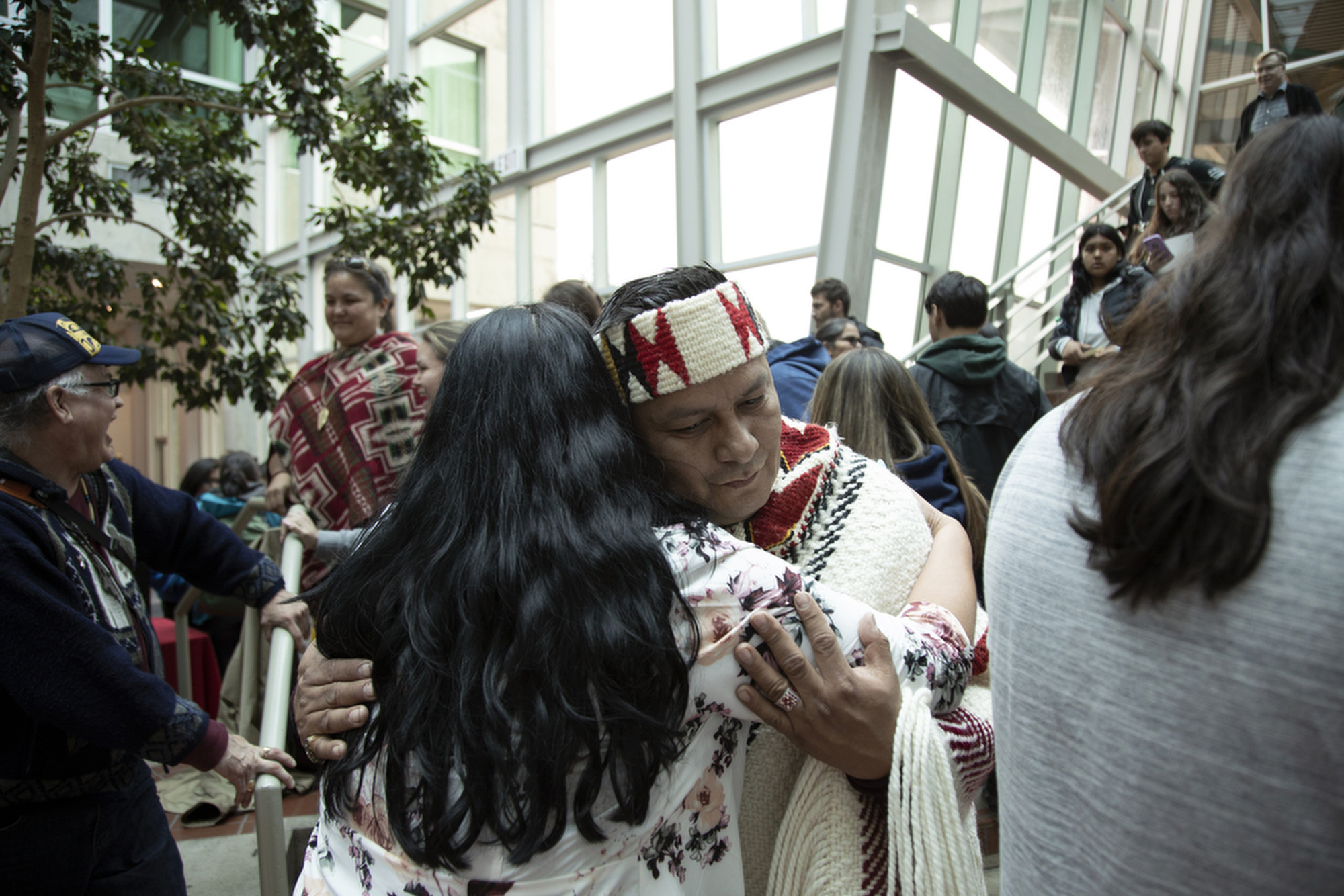
Master Carver Ses siyam receives a hug prior to the Awakening and Naming Ceremony. The ceremony marked the completion of the CapU50 Legacy Canoe, named Skw’cháys, created by Ses siyam and carver Xats’alanexw siyam.
Written by: Shannon Colin
Photography by: Tae Hoon Kim

